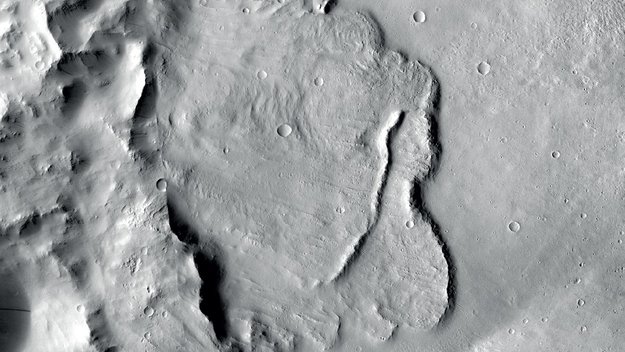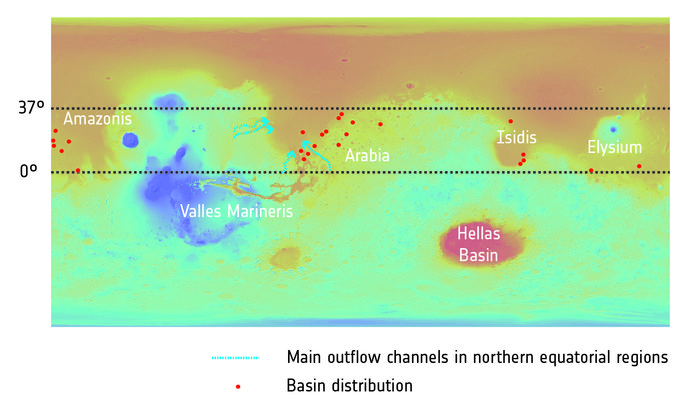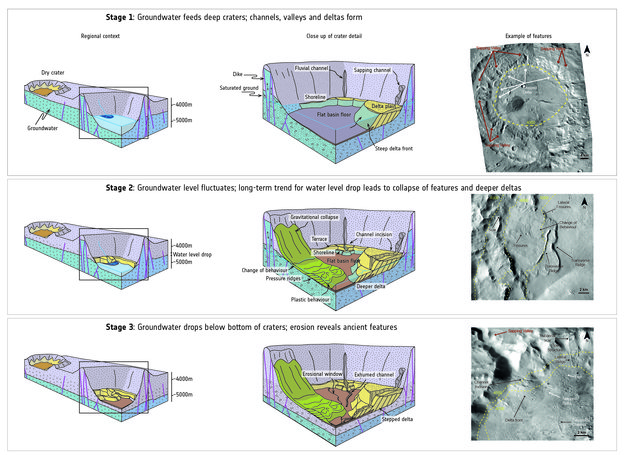An ancient system of lakes has been identified deep underneath the surface of Mars, in a discovery scientists say hints at the past presence of life: ‘Findings like this are hugely important. They help us to identify the regions of Mars that are the most promising for signs of past life.‘

While the red planet is mostly dry and desolate today, a growing body of evidence shows it used to be covered in large bodies of water above and below ground.
Now, using information gathered by the European Space Agency’s Mars Express mission, scientists have located an underground water complex previously only predicted by computer models.
“Findings like this are hugely important; they help us to identify the regions of Mars that are the most promising for finding signs of past life,” says Mars Express project scientist Dmitri Titov.
Understanding when and where water existed on Mars is vital for the researchers looking for traces of aliens.
Only last year, a team identified a vast lake of liquid water hidden underneath the planet’s southern pole, but for the most part, Mars’ wet days are over.

“Early Mars was a watery world, but as the planet’s climate changed, this water retreated below the surface to form pools and ‘groundwater’,” said Dr Francesco Salese of Utrecht University, who led the new research.
“We traced this water in our study, as its scale and role is a matter of debate, and we found the first geological evidence of a planet-wide groundwater system on Mars.”
The study results
Using data from cameras on board their craft orbiting the planet, the scientists were able to explore 24 craters stretching thousands of metres below the surface.
They found features that could only have been formed by water flowing through the craters, indicating an interconnected system of water bodies that has long since dried up.
The water levels indicated by the underground formations also fit with the theory that Mars was once covered with an ocean between 3 and 4 billion years ago.

Besides the shapes of the craters, the scientists also analysed the minerals found within them, providing tantalising clues about the planet’s history.
Clays, carbonates and silicates revealed by their study are all materials known to be linked with the emergence of life.
Next year, together with the Russian space agency Roscosmos, the ESA intends to launch their ExoMars rover to explore the planet’s surface in a search for aliens and signs of life with a drill to extract samples from beneath its crust.












